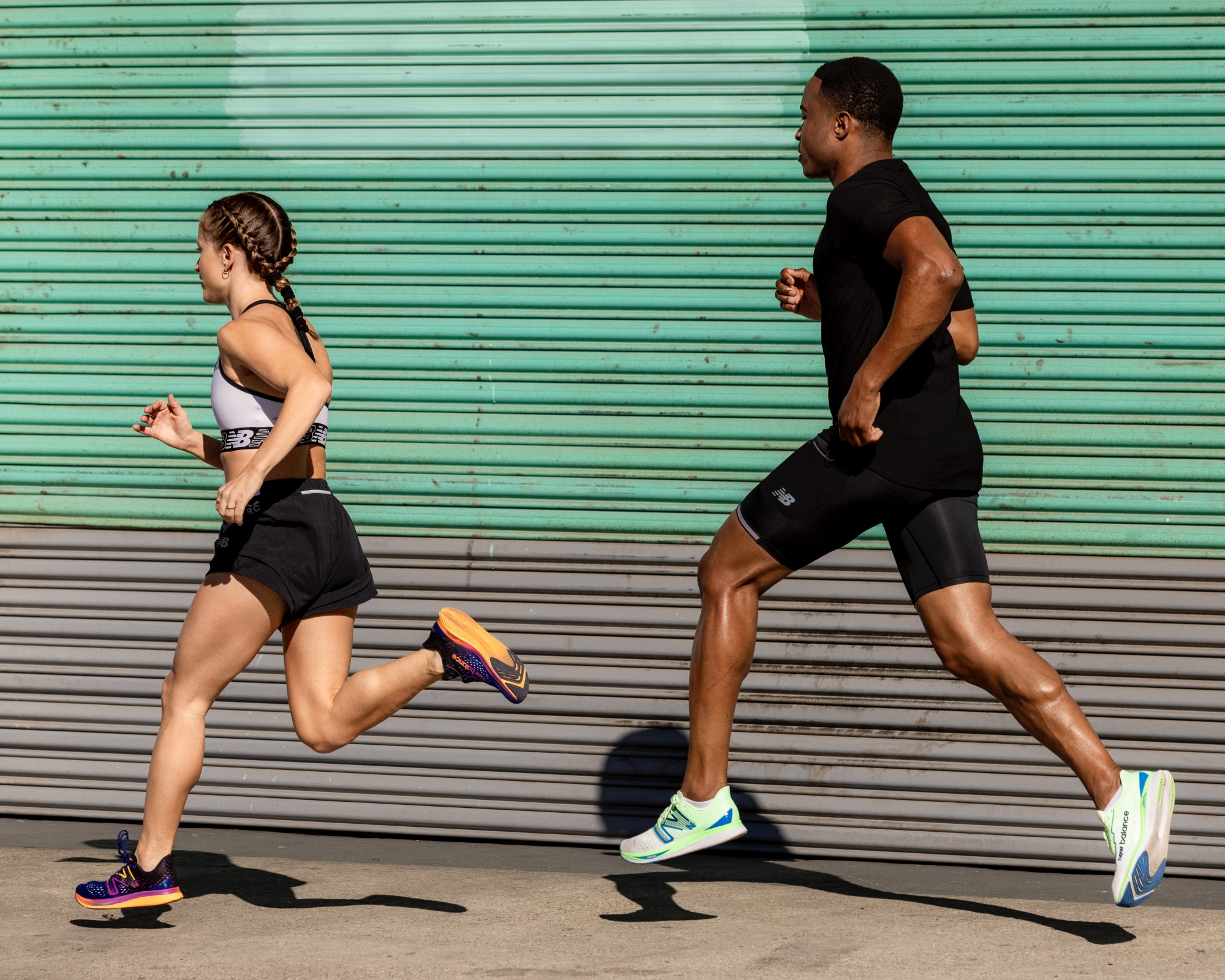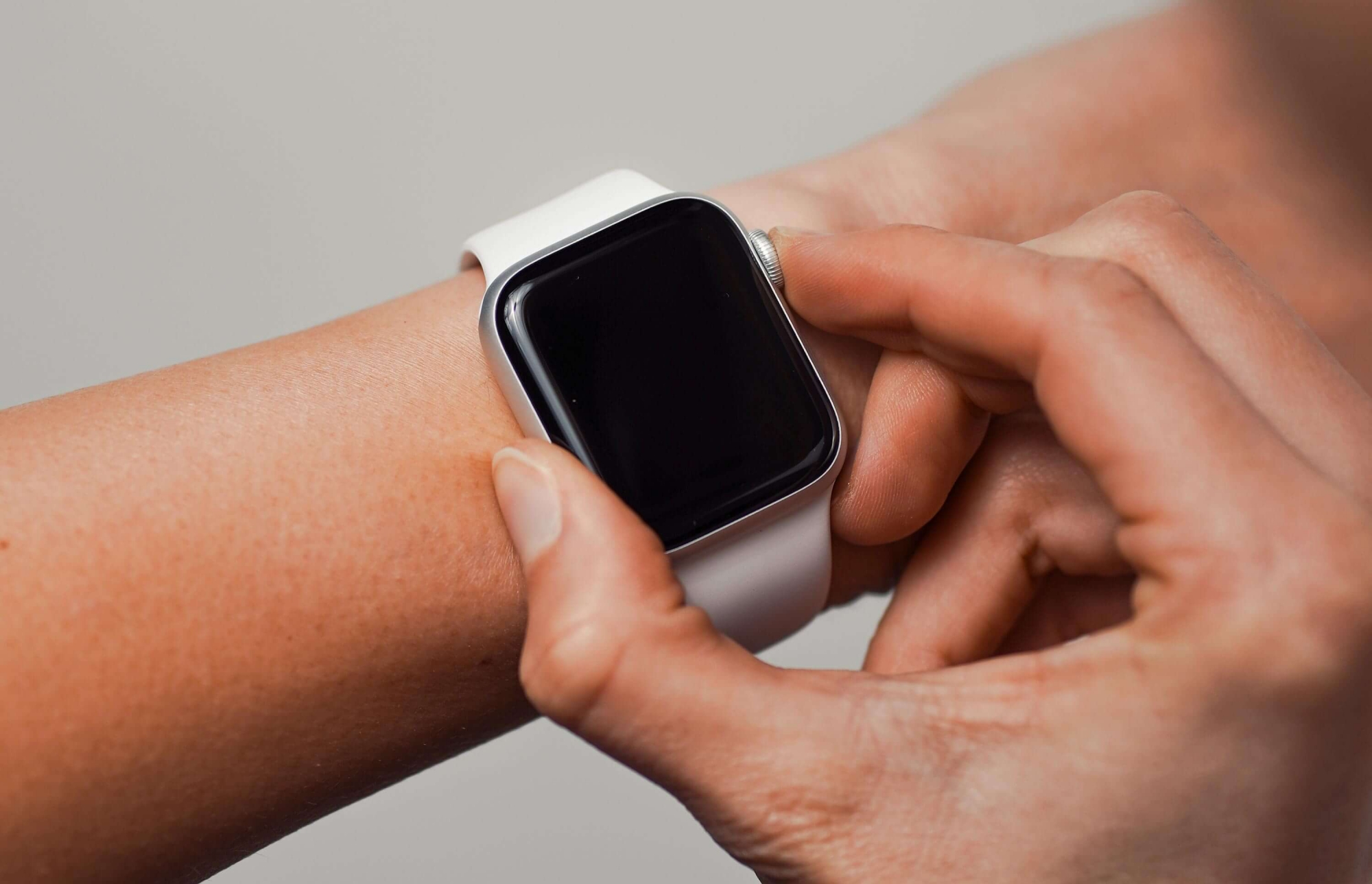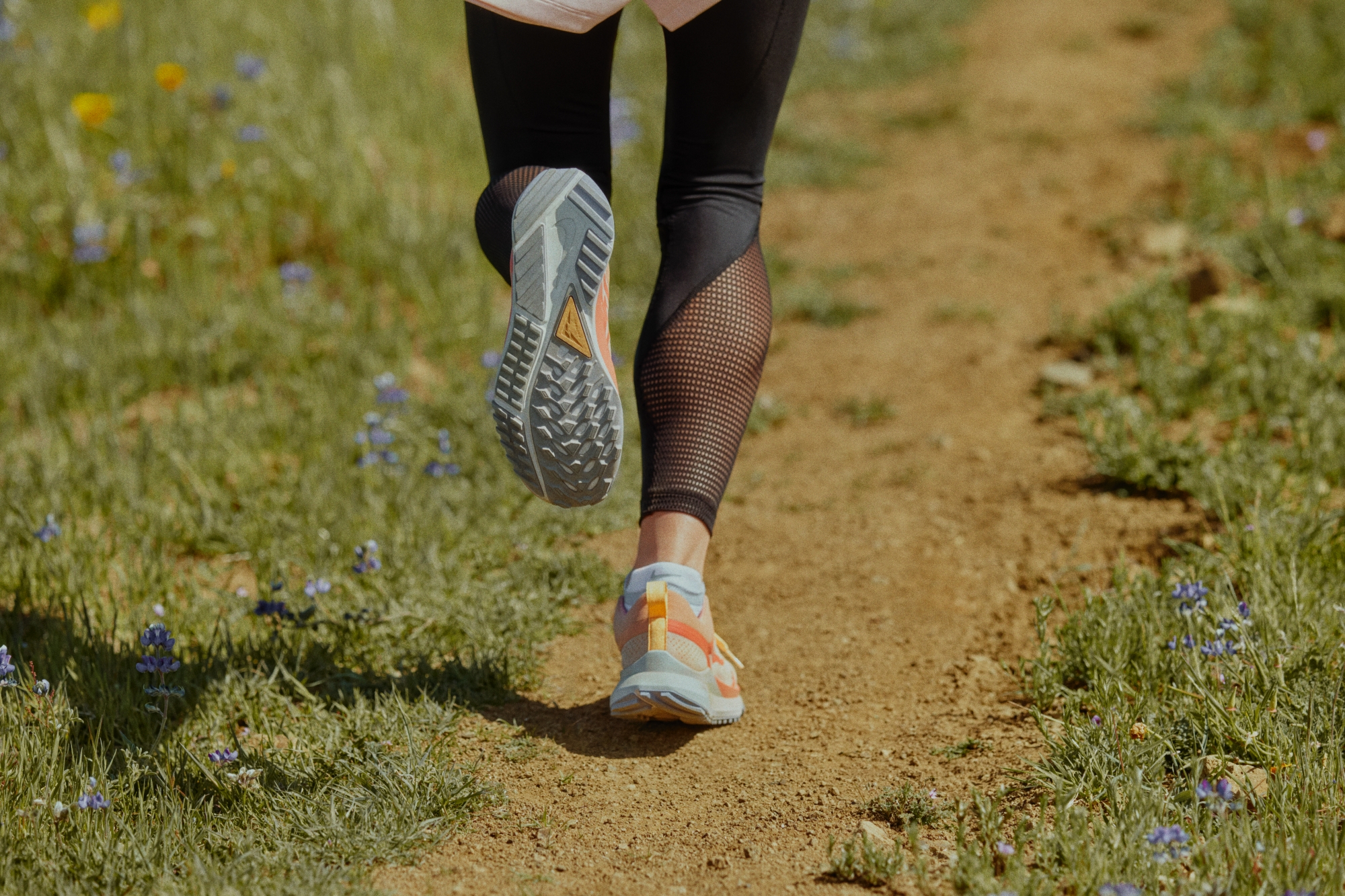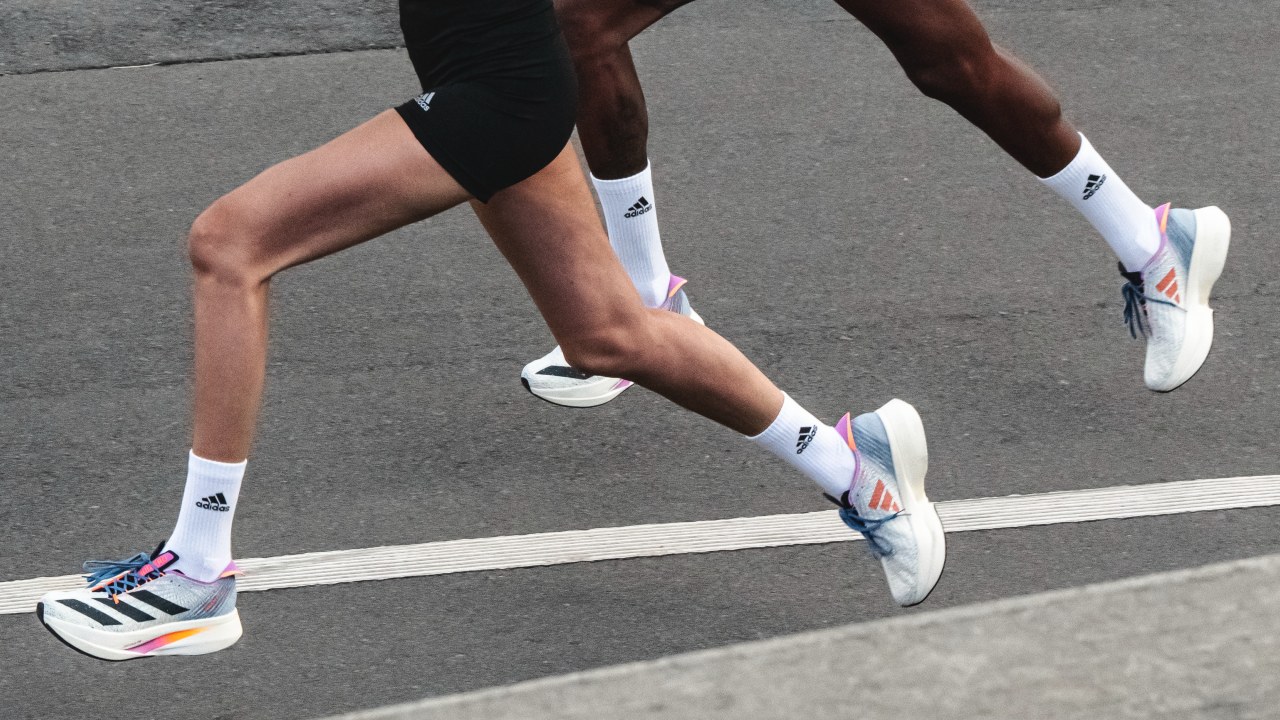What is running cadence?
You may know the concept of cadence, for example, in connection with weapons. So what does this have to do with running? This is a metric that indicates the number of steps per minute and has a direct effect on the economy of your run.
CADENCE = STEPS FREQUENCY
Why is running cadence important?
If you run for fun, cadence probably won't be a priority metric to look at. However, if you are focused on speed and want to have a better pace, cadence monitoring is an effective tool to achieve this goal.

What areas of running does cadence affect?
- Speed: With a higher step frequency (cadence) your speed and running pace increase.
- Impact: At a higher cadence, your footstep will also change. Your steps won't be as long and you won't be forced to hit on your heel. You will start stepping more on the tip to the middle of the foot, which means less stress on the joints.
- The economy of running: Under this term, imagine the consumption of energy that you have to spend while running. At a higher cadence, you take shorter steps, impact more efficiently and expend less energy with each step. This all improves the running economy.
Top4Running TIP: Do you want to know interesting information and tips from the running world and take a peek behind the scenes of the Top4Running team? Check out our blog!
How to measure running cadence?
Before increasing the cadence, first find out what your current step frequency is. Don't worry, you don't have to count your every step while running. The biggest helpers are a sports watch or a smartphone.
- Sports watches - Sports watches or fitness bracelets automatically monitor your cadence during running activity. After finishing, you can find it in the statistics and run overview.
- Smartphone - Most mobile phones have a built-in pedometer, which is enough for basic measurements.
- MilestonePod - A small but smart device that you attach to your shoe and you don't have to worry about anything else. It will automatically turn on when you start running and start measuring. It measures a total of 10 useful metrics, including cadence. Then you can evaluate the data directly in the app on your phone.
- Calculation - If you don't have a smart device, you can use a little bit of math knowledge. For 20 seconds, count your steps with one foot and multiply them by 6.
Choose a sports watch at Top4Running

Cadence measuring apps
- STRAVA - This running app has a great feature for measuring cadence. Connect your phone to it and it will serve as a step frequency sensor while running.
- Pedometer - Simple and intuitive app directly for measuring steps available for both iOS and Android.
How to increase step frequency?
A hobby runner has a cadence of 150 - 160 steps per minute on average, elite runners reach a cadence of over 180 steps per minute. You're probably thinking that it's easy and you just need to hit the mentioned 180 steps per minute on your next run. We definitely do not recommend this. Your body would be in shock and instead of increasing the cadence, you might increase the risk of injury. We have better tips for you! Choose the ones that will suit you the most:
1) General tips for better cadence
- Run, run and run - If you are consistent in running, your step frequency will gradually increase naturally. You will find effective running technique, coordination, and movement, and your body will get used to it. So, put on your running shoes and go run!
- Shorten your step - Before every run, remember and try to consciously shorten your step. However, your movement should still be natural. Don't try to have the shortest step possible at all costs. Gradually shorten steps at some parts of the run, and listen to your body and how it feels while running.
- Rhythm Music - A fun way to improve your cadence. There are so-called BPM playlists, i.e. songs in rhythm at a specific step frequency. Just enter the required cadence + BPM (Beats per minute) = for example, a 170 BPM playlist. Put on your headphones and enjoy the running party!
2) Specific training methods
- Plyometric training - A specific type of training to increase explosiveness. The muscles are exposed to three basic movements - concentric (muscles are contracted), isometric (muscles are stretched in a stationary state), and eccentric (muscles are stretched).
- Strength training - Strong thighs, calves, or ankles will help with a faster and more efficient bounce. This will cause your cadence to increase. You should include strength training in your training routine anyway, it also works as prevention against injuries.

You see running isn't just about running. For plyometric and strength training, take the help of a trainer with experience, at least in the beginning. He/she will create a training plan for you in accordance with your goals, but will also supervise the correct technique of individual exercises.
An important thing in the end is to remember that increasing your cadence is not about trying to run as fast as possible, but more efficiently and economically. Instead of frantically sprinting, gradually shorten your stride. You will see your frequency go up slowly but surely!

